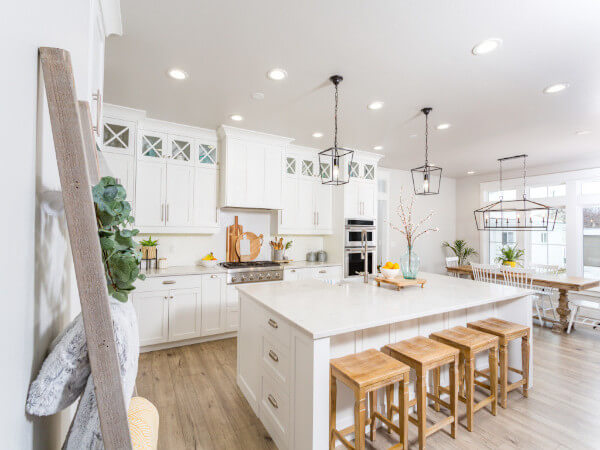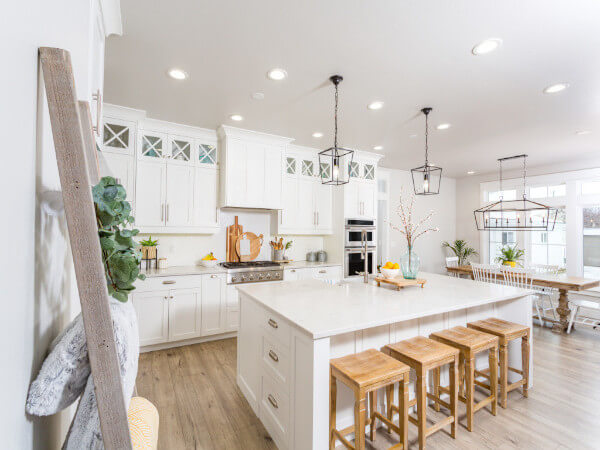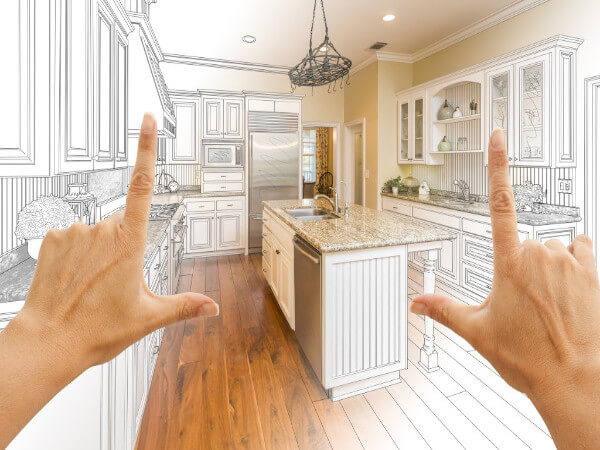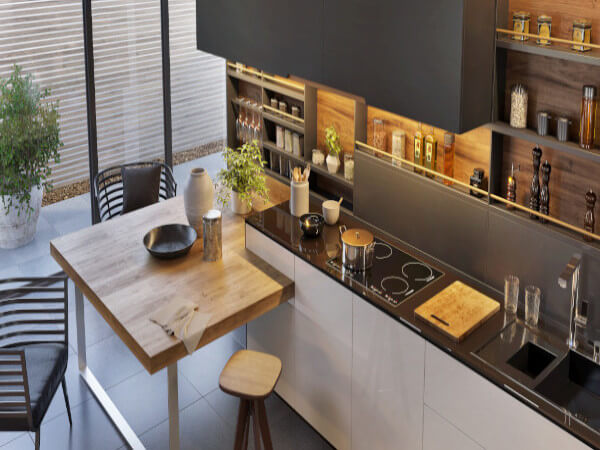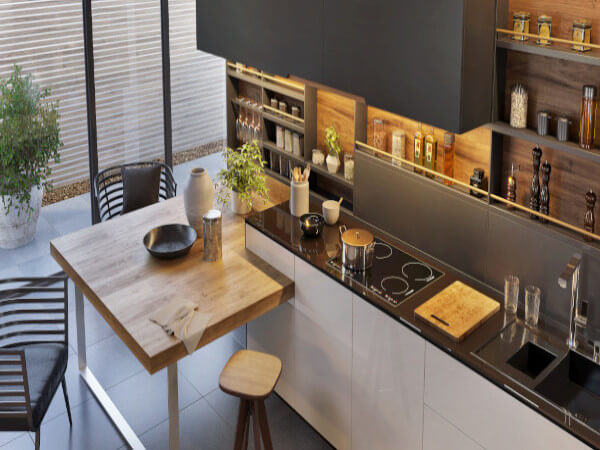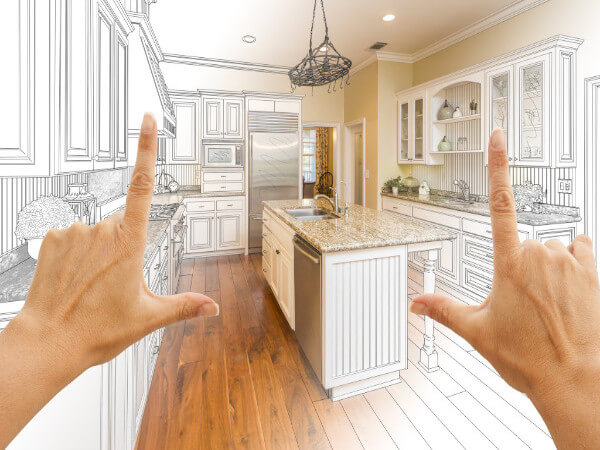
CAMBRIDGE, MA “Strong growth” in home improvement and maintenance expenditures is expected to continue over the coming year, according to the Leading Indicator of Remodeling Activity (LIRA), released last month by the Remodeling Futures Program at the Joint Center for Housing Studies of Harvard University.
The LIRA projects year-over-year gains in annual improvement and repair spending will reach 9% in the fourth quarter of this year and maintain that pace into 2022. Annual improvement and repair expenditures by homeowners could reach $400 billion by the third quarter of 2022, according to the Joint Center, which warned that “several headwinds” – including the rising costs of labor and building materials, as well as increasing interest rates – “could still taper expected growth.”
“Residential remodeling continues to benefit from a strong housing market with elevated home construction and sales activity and immense house price appreciation in markets across the country,” said Carlos Martín, project director of the Remodeling Futures Program at the Cambridge, MA-based Joint Center. “The rapid expansion of owners’ equity is likely to fuel demand for more and larger remodeling projects into next year.”
In related remodeling market news:
n The U.S. building products market will continue building on its “exponential growth” of the past two years, gaining an additional 2.9% from 2023 through 2025, with the professional sector increasing by 4.6%, according to a newly released forecast by the Home Improvement Research Institute (HIRI). The Indianapolis-based HIRI predicted that the total U.S. building products market will increase by 13% in 2021 over the previous year, with the professional sector growing by 18.2%. The total building products market is forecast to grow an additional 2.3% in 2022, with the professional sector growing by 7.1%, HIRI added.
n Businesses in the residential construction and remodeling sectors anticipate “strong activity” through the balance of 2021, although many companies report steady increases in backlogs since the beginning of the COVID-19 pandemic, along with wait times of nearly three months before new projects can begin, according to the Q4 2021 Houzz Renovation Barometer, a quarterly gauge that tracks market expectations, project backlogs and recent activity among U.S businesses in the construction and architectural/design services sectors. Results of the survey were released last month by Houzz Inc., the Palo Alto, CA-based online platform for home remodeling and design.
“Confidence prevails across the industry through year-end,” said Marine Sargsyan, Houzz senior economist. “We’ve seen some settling of home renovation and design activity following record high performance earlier in the year, yet many businesses are struggling to catch up with heightened demand as they navigate supply chain challenges and labor availability, leading to record-long backlogs.”
n Demand for remodeling remains strong, and remodelers “are doing quite well as long as they can adequately deal with material and labor shortages,” according to the latest Remodeling Market Index (RMI) compiled by the National Association of Home Builders. The NAHB last month released its NAHB/Royal Building Products Remodeling Market Index (RMI) for the third quarter of 2020, posting a reading of 87, up five points from the third quarter of 2020. The finding “is a signal of residential remodelers’ confidence in their markets, for projects of all sizes,” the NAHB said.
“We are seeing strong demand and continued optimism in the residential remodeling market, despite the fact that supply constraints are severe and widespread,” said NAHB Chief Economist Robert Dietz.
The post ‘Strong Growth’ Foreseen for Remodeling Through 2022 appeared first on Kitchen & Bath Design News.
